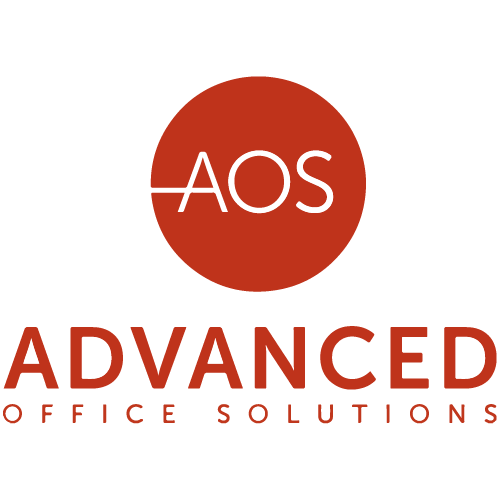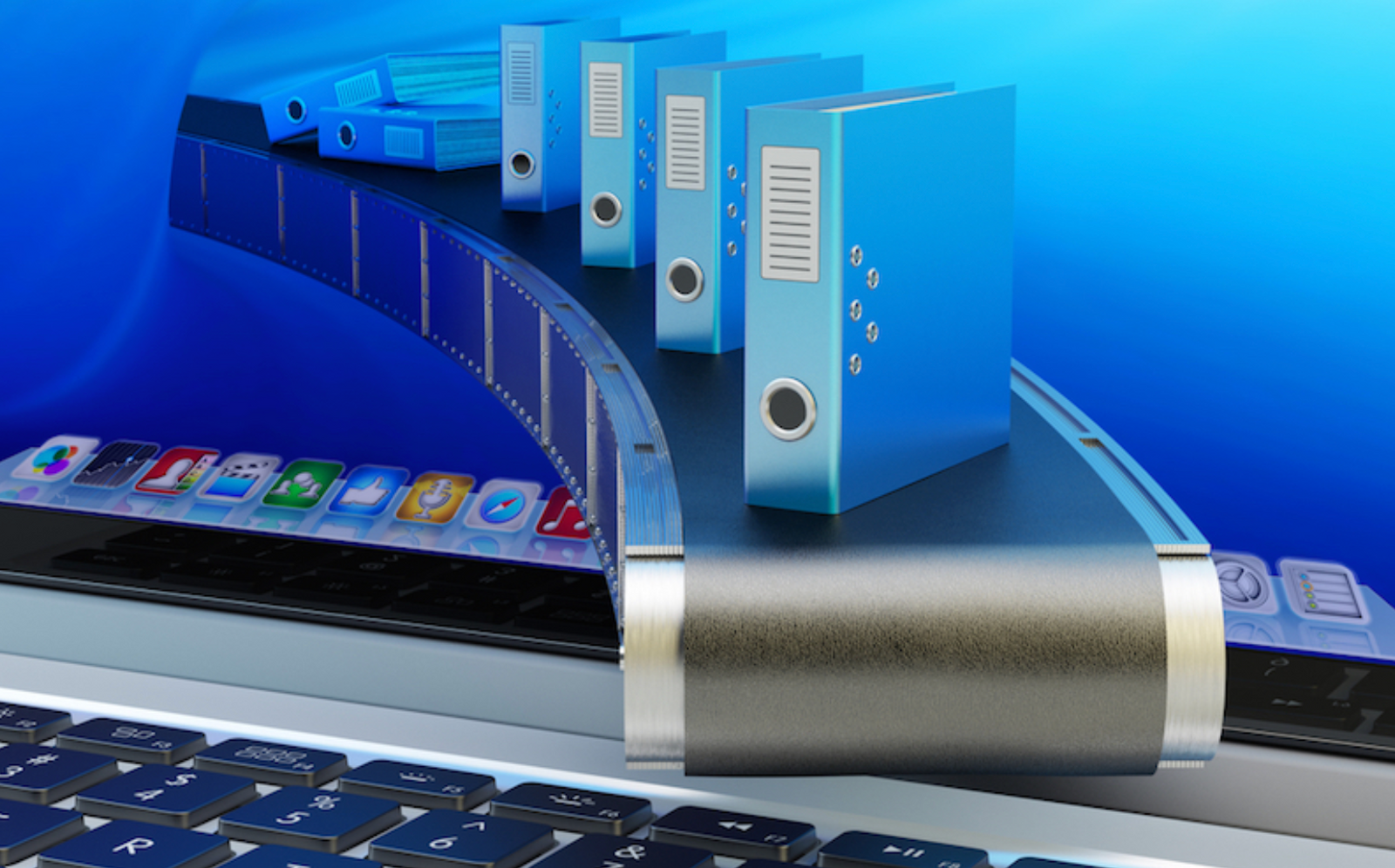As technology brings us closer to the paperless office every day, many companies are addressing the challenges of moving paper-based information into digital processes while reducing overhead, streamlining workflows and increasing productivity.
PriceWaterhouseCoopers found that 80% of business information is still paper-based and that there can be challenges to overcome when transitioning to digital workflows. If you’re thinking about transitioning your business processes, you may be asking yourself important questions:
• Can I justify the hard and soft costs of transitioning to digital?
• What about managing the transition?
• Will the benefits outweigh the costs?
• Will transitioning mean a better experience for my customers?
Why It’s Worth the Investment
The truth is, the benefits of taking your workflows digital far outweigh the costs involved. When you transition to digital processes, you’ll enjoy more efficient and reliable operations, better collaboration, shorter work cycle times, secured sensitive information, audit trails, lower storage costs, reduced paper use, ease of legal compliance, and you’ll eliminate the time your employees waste looking paper-based information.
For many processes in industries like education, human resources, financial services, healthcare and law, to name just a few, transitioning to digital workflows will not completely eliminate paper processes. However, digital documents can streamline workflows, better secure information and simplify paper-based processes.
Transitioning to digital workflows requires you to scan and save information early in the process. Scanned images can be saved and archived, however there may be limitations to their use. The key is linking captured data with existing systems and processes to integrate it into your daily workflows. This allows you to experience all of the benefits of digitization. You’ll reap a higher ROI and be better positioned to leverage information.
When properly captured, data can be made easily searchable by including metadata tags making it easier to access the information needed across your organization. This can save tremendous amounts of time for your team as they can easily find and access the data they need, when they need it. Scanned data can be converted into editable formats like Microsoft Excel or Word, making it easy to edit, update and share.
Want to learn more? Give one of our team members a call and let us show you how implementing a digital solution into your existing systems will improve productivity, streamline workflows and lower your costs.


